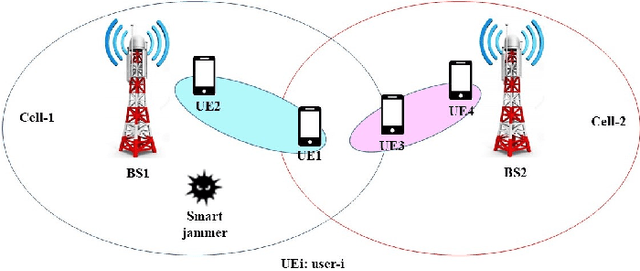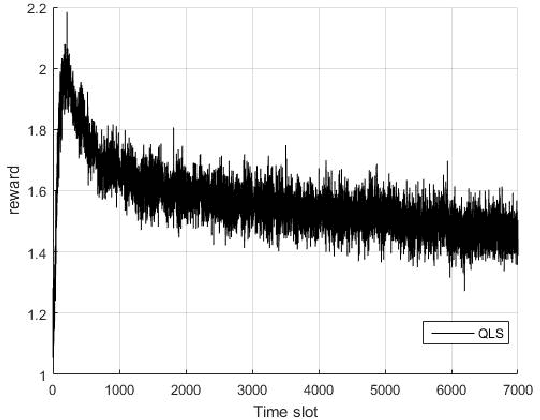Mohammad Ali Amirabadi
Joint Power and Gain Allocation in MDM-WDM Optical Communication Networks Based on Enhanced Gaussian Noise Model
Jul 24, 2021



Abstract:Achieving reliable communication over different channels and modes is one of the main goals of Mode Division Multiplexing-Wavelength Division Multiplexing (MDM-WDM) communication networks. The reliability can be described by minimum Signal to Noise Ratio (SNR) margin which dependents on launched power, Multimode-Erbium Doped Fiber Amplification (MM-EDFA) gain, and MMF nonlinearity. In this paper, an analytical model for MMF nonlinearity is derived based on Enhanced Gaussian Noise (EGN) model formulation by considering carrier phase estimation and the first four dispersion terms. The proposed EGN model is verified through the split step Fourier method simulation. Considering a multi-node linear network, the joint optimized power and gain allocation based on minimum SNR margin maximization is formulated. The practical constraints including MM-EDFA saturation power and maximum gain are considered and the problem is solved by using convex optimization. Three scenarios are assumed including best equal power, optimized power, and joint optimized power and gain. In the first scenario, equal powers are considered for different channels and modes with equal MM-EDFA gain in all spans. It is worth mentioning that the MM-EDFA gain is equal to span loss. In the second scenario, different powers are allocated to different channels and modes with equal MM-EDFA gain in all spans. In the third case, allocated powers to each channel and mode are optimized. Moreover, the MM-EDFA gain for each span is optimized separately.
Deep Reinforcement Learning-based Anti-jamming Power Allocation in a Two-cell NOMA Network
Jan 01, 2021



Abstract:The performance of Non-orthogonal Multiple Access (NOMA) system dramatically decreases in the presence of inter-cell interference. This condition gets more challenging if a smart jammer is interacting in a network. In this paper, the NOMA power allocation of two independent Base Stations (BSs) against a smart jammer is, modeled as a sequential game. In this game, at first, each BS as a leader independently chooses its power allocation strategy. Then, the smart jammer as the follower selects its optimal strategy based on the strategies of the BSs. The solutions of this game are, derived under different conditions. Based on the game-theoretical analysis, three new schemes are proposed for anti-jamming NOMA power allocation in a two-cell scenario called a) Q-Learning based Unselfish (QLU) NOMA power allocation scheme, b) Deep Q-Learning based Unselfish (DQLU) NOMA power allocation scheme, and c) Hot Booting Deep Q-Learning based Unselfish (HBDQLU) NOMA power allocation scheme. In these methods the BSs do not coordinate with each other. But our analysis theoretically predicts that with high probability, the proposed methods will converge to the optimal strategy from the total network point of view. Simulation results show the convergence of the proposed schemes and also their outperformance with respect to the Q-Learning-based Selfish (QLS) NOMA power allocation method.
 Add to Chrome
Add to Chrome Add to Firefox
Add to Firefox Add to Edge
Add to Edge